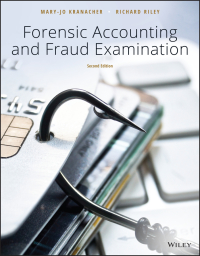
a. 9. Which of the following benefits provided by an employer to its employees is not taxable? Employees of the ABC Department Store are allowed a 15 percent discount (which exceeds the employer's gross profit percentage) on the retail price of all merchandise purchased from the store. b. Undergraduate tuition is waived by the XYZ University for dependent children of employees who are admitted to the school. c. The MNO Airline provides free flights to its employees even if there are no empty seats available. d. None of the above benefits are taxable. a. 10. In which of the following independent situations does the taxpayer not have taxable income? Taxpayer L inherited land valued at $13,000,000 from the estate of his wealthy grandfather. b. Taxpayer M, who manages a hotel, is required to live in the hotel for the employer's convenience and as a condition of employment. The value of the lodging, provided without charge, is equal to $600 per month. Taxpayer N, who is an emergency room nurse, is required to eat in the hospital cafeteria to be available for emergencies. The meals are free to N. d. All the above are not taxable. c. a. 11. Which of the following represents taxable income to the recipient? Scholarship used to pay tuition at a state university b. Scholarship used to purchase room and board at a state university Scholarship used to purchase equipment required for a course of study at a state university Scholarship used to pay for fees at a private university c. d. 12. S is selling a shoe shop and is unsure how to word the sales agreement to his best advantage. The price he is to receive exceeds the fair market value (FMV) of all identifiable net assets. Also, the purchaser insists on a non-competition arrangement. S would be best served by a. allocating all amounts in excess of FMV to the non-competition clause. b. allocating 50 percent of excess amounts to the non-competition clause and 50 percent to goodwill. c. allocating all amounts in excess of FMV to both the goodwill and the non- competition clause without specifically identifying amounts for each. d. allocating 25 percent of excess amounts to the non-competition clause and 75 percent to goodwill







